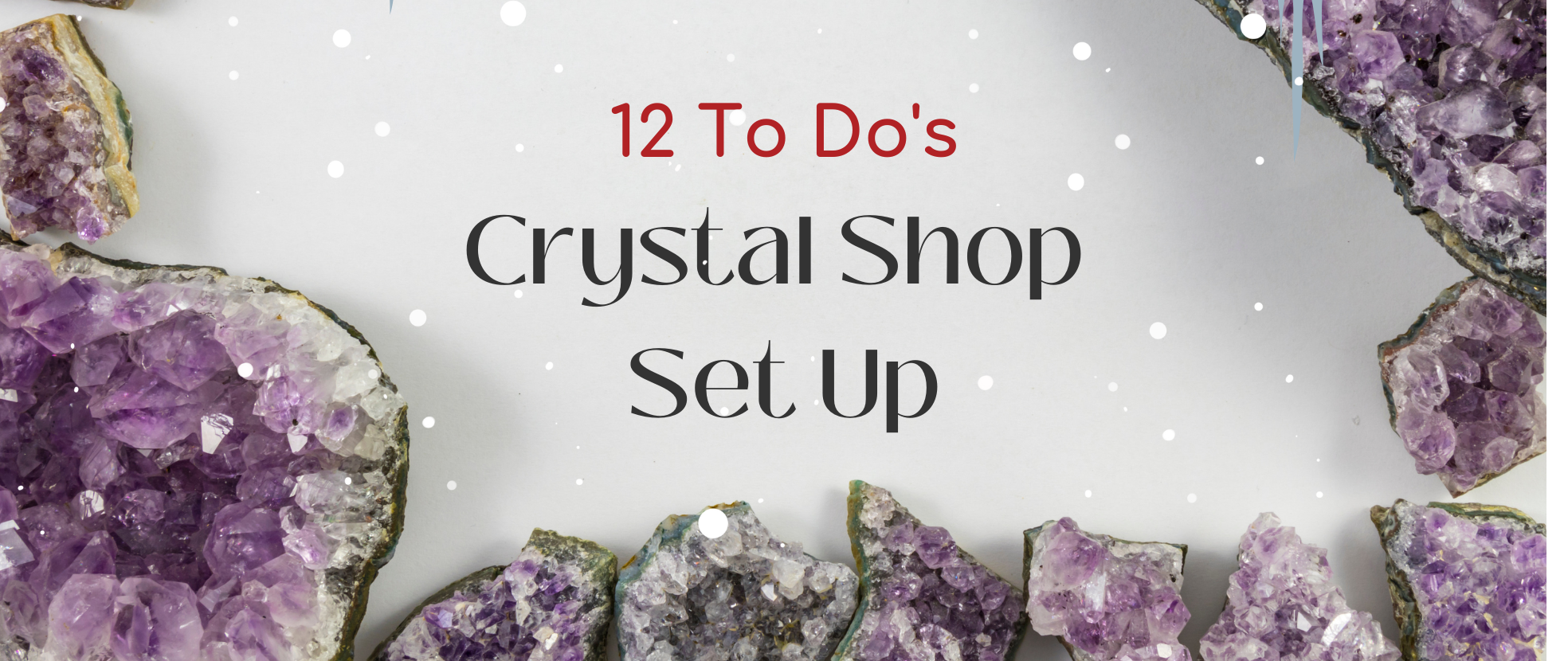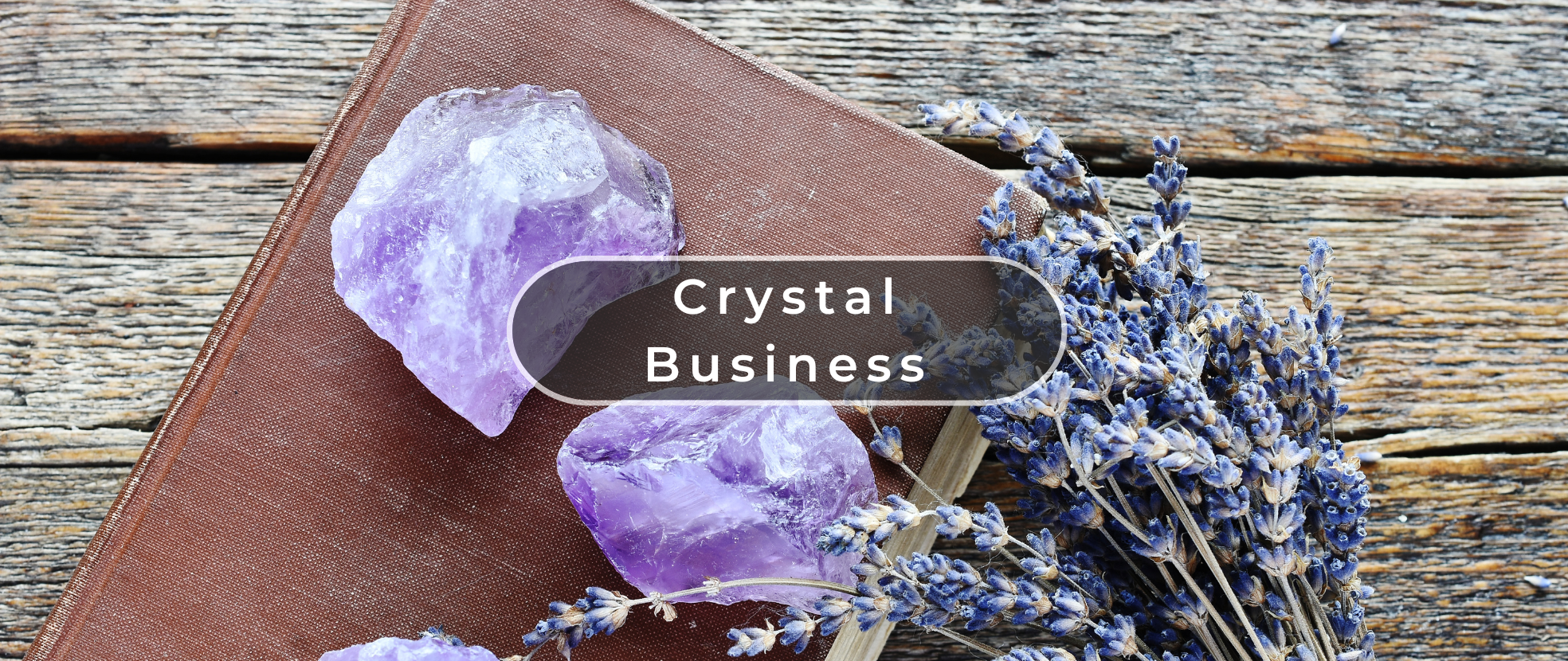The semi-precious mineral with many uses, Tourmaline, is a crystalline boron silicate that is composed of different elements which give it its ability to come in a variety of mixed colors, hence, given the ancient Sinhalese name of toramalli, which translates to, mixed gems.
Distinct species of tourmaline exist, and each is designated with their own name depending on their color. Crystals ranging from brownish black to black are called schorl. Dravite species are tourmaline crystals that range from hues of dark yellow to brownish black.
The species under Elbaite includes the vivid red or pink-red tourmalines known as rubellites. Other sub-category varieties under Elbaite are Brazillian indicolite (light blue to bluish green), verdelite (green), and the colorless variety called achroite. Sometimes, a single stone may be encountered having a combination of two colors. Such tourmalines are referred to as bi-color or parti-color.
Aside from its wide spectrum of colors, this prismatic gemstone is also the subject of study of physicists for its natural optical and electrical properties.
The History of Tourmaline
The discovery of Tourmaline dates back to the time of colonization, the 15th century when a Spanish conqueror set his foot on Brazil. As he washed the dirt from an unknown crystal, probably a tourmaline of verdelite variety, he initially became puzzled but then quickly exclaimed the crystal to be an emerald.
This mix-up remained until the 18th century when scientists noticed that tourmaline was a distinct kind of its own. Also, it is important to note that the tourmaline's etymology demonstrates the confusion of Dutch merchants to identify tourmaline as a separate mineral distinctly.
The term toromalli was given to describe these polychromatic stones that were found by miners inside gem gravels of ancient Sri Lanka, known then as Ceylon. Several years later, tourmaline trade began in America with China as the leading consumer for supplying Empress Dowager Tz'u Hsi's obsession for tourmaline.
The Healing Powers of Tourmaline
To harness the maximum benefits of Tourmaline, the crystal should be in close proximity to your body. This explains why more and more tourmaline is being sold as pieces of jewelry.
A tourmaline's ability to emit negative ions and electromagnetic radiation in the far infrared range makes it a powerful instrument in detoxifying the body and in boosting the immune system. Kikohshi or people who traditionally heal by ˜laying their hands,' is a widely known practice done in Japan that employs the use of crystals, one of those being tourmaline.
By balancing the resonance within the body, Tourmaline produces the following effects:
- Promotes detoxification
- Maintains desired body weight
- Stimulates circulation
- Reduces acidification of the body
- Aids in the function of the liver and kidneys
- Improves mood
- Boosts vitality and rigor





